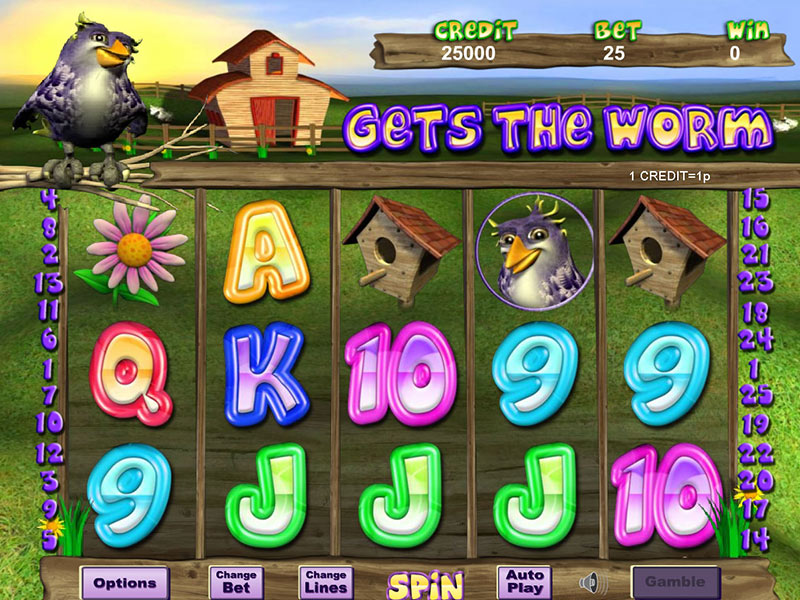Bingo is a game that transcends generations, cultures, and social classes. Its simple rules, combined with the thrill of chance and the warmth of communal participation, have made it a beloved pastime worldwide. Though often associated with elderly social clubs or charitable fundraisers, bingo’s appeal is far broader, encompassing a rich history and surprising complexity that reflect its enduring popularity.
At its core, bingo is a game of chance. Players receive cards marked with a grid of numbers, typically arranged in a 5×5 matrix with a free space in the center. Numbers are randomly drawn and announced, and players mark off the corresponding numbers on their cards. The objective is straightforward: to be the first to complete a predetermined pattern—commonly a line horizontally, vertically, or diagonally, though more complex patterns have become popular in recent years. Upon achieving this, the player shouts “Bingo!” signaling a win. This simplicity is deceptive; the game hinges on luck but also demands attention, anticipation, and social interaction.
The origins of bingo are fascinating and somewhat contested, but most historians trace the game back to 16th-century Italy, where it was known as “Lo Giuoco del Lotto d’Italia,” a lottery-style game. Over time, it migrated across Europe, evolving as it went. In 1929, a version of the game was introduced in the United States by Edwin S. Lowe, a toy salesman who popularized it after witnessing it being played at a carnival. He renamed it “Bingo,” purportedly after a player mistakenly shouting the name during a winning moment. Lowe also pioneered the use of multiple cards with randomized number sequences, ensuring a more dynamic and engaging experience.
What sets bingo apart from many other games is its strong community element. Bingo halls are more than just venues for gameplay; they are social hubs where people from different walks of life gather to share a sense of camaraderie. The ritualistic calling of numbers, the collective excitement as players edge closer to victory, and the shared disappointment of near-misses foster a unique bond. In this way, bingo functions as a social glue, knitting together diverse groups and often serving as a vital outlet for socialization, especially among older adults who might otherwise face isolation.
In recent decades, bingo has undergone a remarkable transformation, adapting itself to modern tastes and technological advancements. Traditional bingo halls have largely been supplemented by online platforms, enabling players to enjoy the game from the comfort of their homes. These virtual versions replicate the excitement of live bingo, often with chat rooms, virtual callers, and animated effects, while also introducing innovative variations on classic gameplay. This digital evolution has broadened the game’s reach, attracting younger players and international audiences who might never have stepped foot inside a physical bingo hall.
Beyond mere entertainment, bingo has also been recognized for its cognitive and emotional benefits. For many players, especially seniors, the game offers mental stimulation by requiring concentration, pattern recognition, and quick decision-making. These cognitive demands can help keep the mind sharp and delay cognitive decline. Furthermore, the social engagement and friendly competition involved promote emotional well-being, reducing feelings of loneliness and depression. Some nursing homes and community centers actively incorporate bingo into their activities, appreciating its multifaceted benefits.
Charitable organizations have long harnessed bingo’s popularity to raise funds. Its accessibility and appeal make it an excellent vehicle for community fundraising events. Often, players feel a sense of purpose beyond entertainment, knowing their participation supports a worthy cause. This symbiotic relationship between bingo and charity further embeds the game into the social fabric, ensuring it remains relevant and respected.
However, it is worth acknowledging that bingo, like all games of chance, can be prone to misuse, particularly through gambling addiction. While bingo is generally seen as a low-stakes, casual game, some variations and venues offer significant monetary prizes, which can encourage unhealthy behaviors. Responsible play, clear regulations, and awareness are crucial to maintaining bingo’s positive cultural role without letting it devolve into a source of harm.
The cultural footprint of bingo extends beyond the halls and screens. It has permeated language, art, and media, often symbolizing luck, spontaneity, or the joys of simple pleasures. The phrase “to get a bingo” has entered everyday speech, evoking moments of success or perfect timing. In theater and film, bingo scenes frequently serve as settings for poignant character interactions, underscoring the game’s role as a microcosm of human connection and chance.
In conclusion, bingo is much more than a casual pastime; it is a complex cultural phenomenon that embodies history, community, entertainment, and even charity. Its simplicity belies a profound ability to connect people, sharpen minds, and create joy across ages and backgrounds. Whether played in a bustling hall, a quiet living room, or through the pixels of an online game, bingo continues to captivate and unite, proving that sometimes the most straightforward games are the ones with the deepest roots. In a world often dominated by complexity and speed, bingo offers a delightful reminder of the power of chance and the warmth of shared experience.







